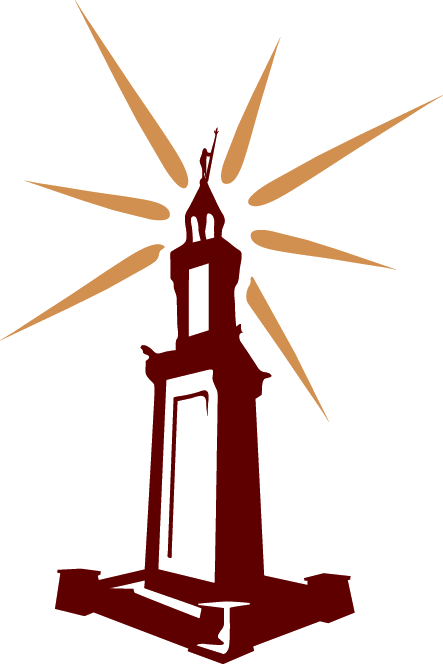Chapter 7. Kurt A. Raaflaub, Freedom for the Messenians?
Chapter 7. Freedom for the Messenians? A note on the impact of slavery and helotage on the Greek concept of freedom Kurt A. Raaflaub 1 In 371 the Thebans defeated a Spartan army at Leuctra and destroyed the myth of Spartan invincibility. [1] In the winter of 370/69 Epameinondas led an army of Thebans and allies into Lakonia, devastated parts… Read more
